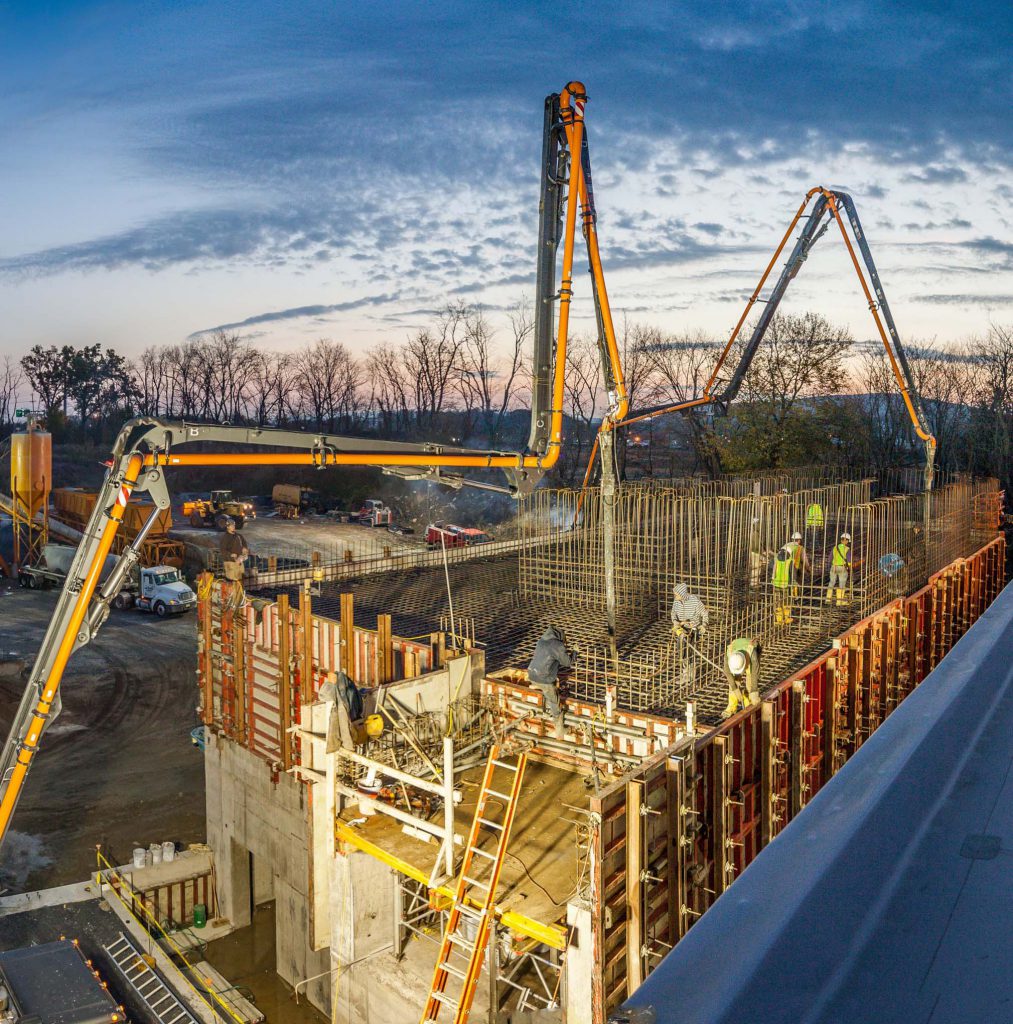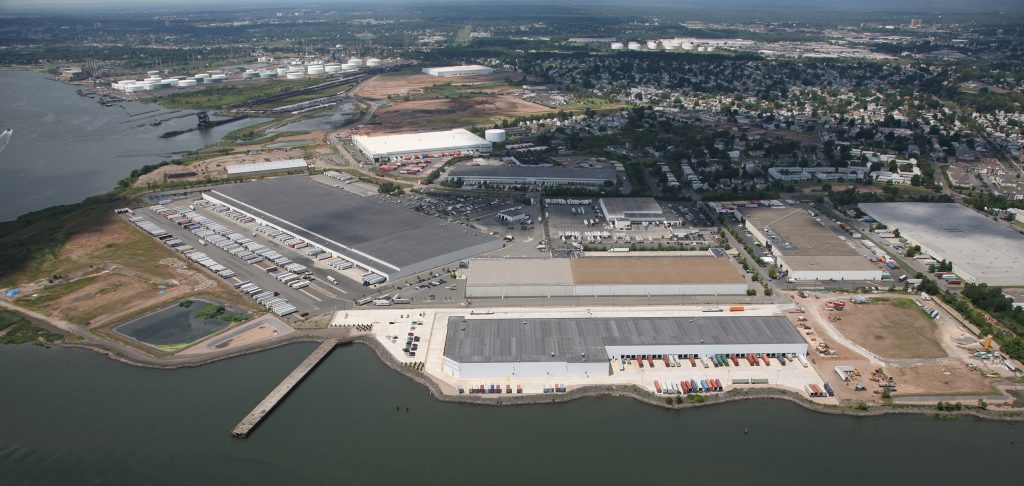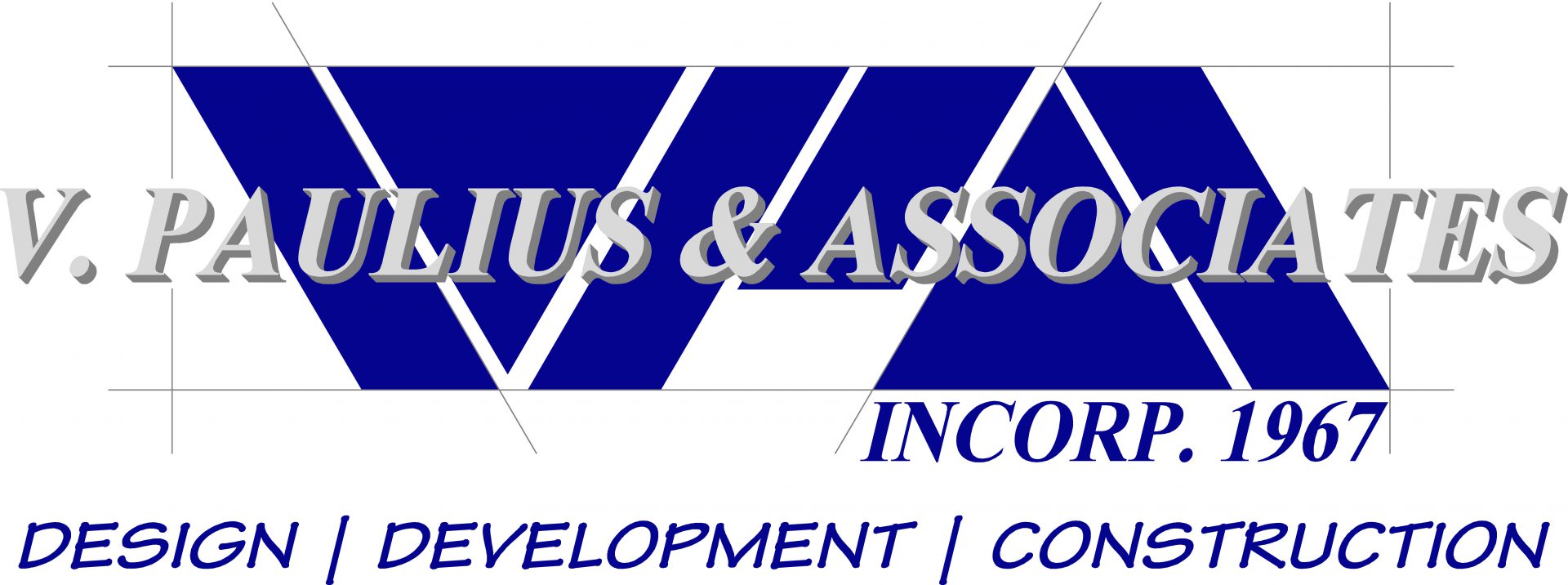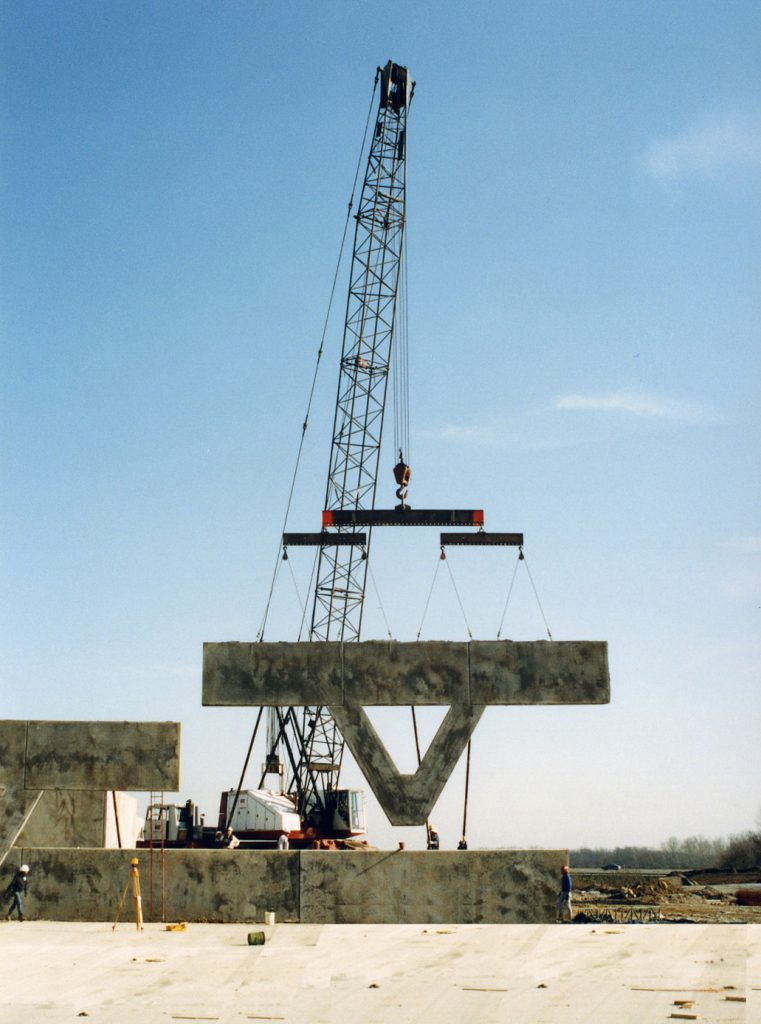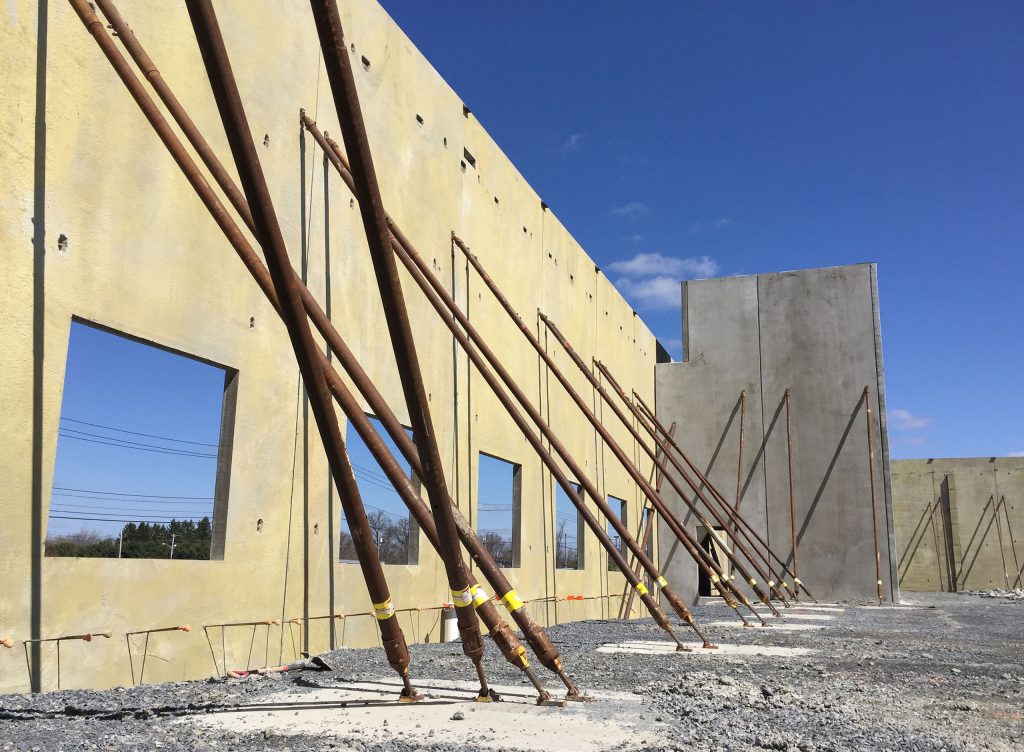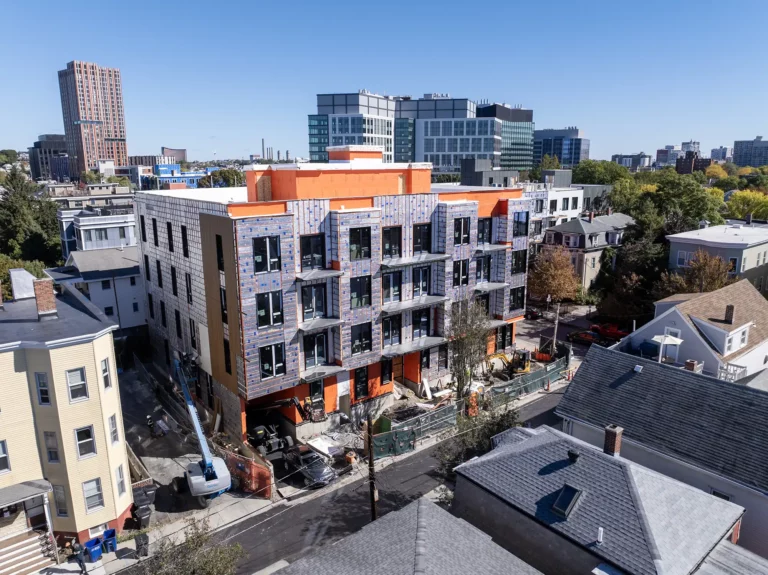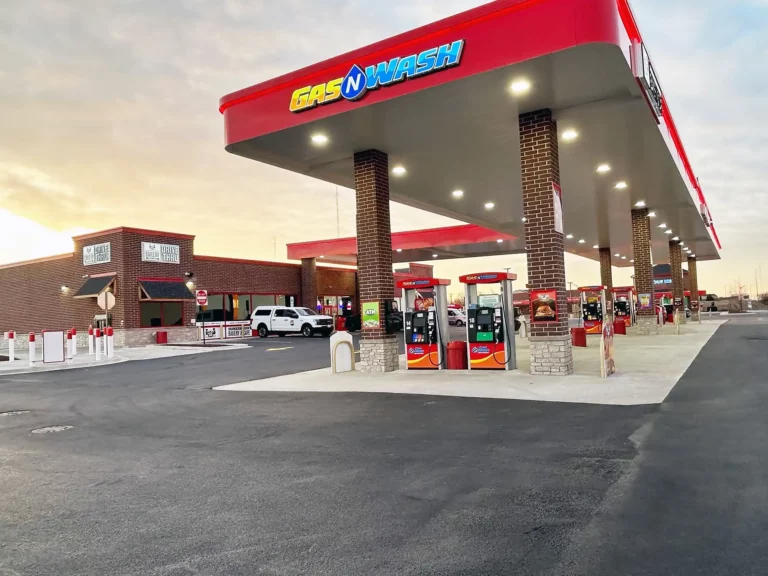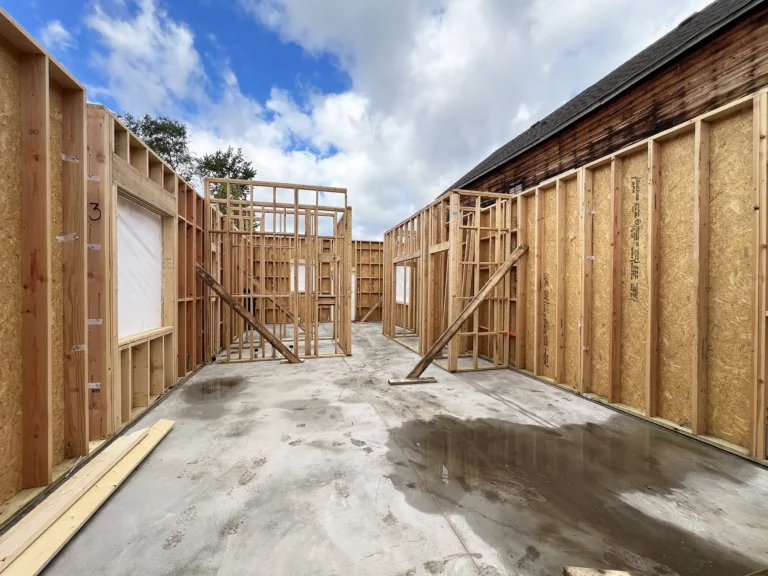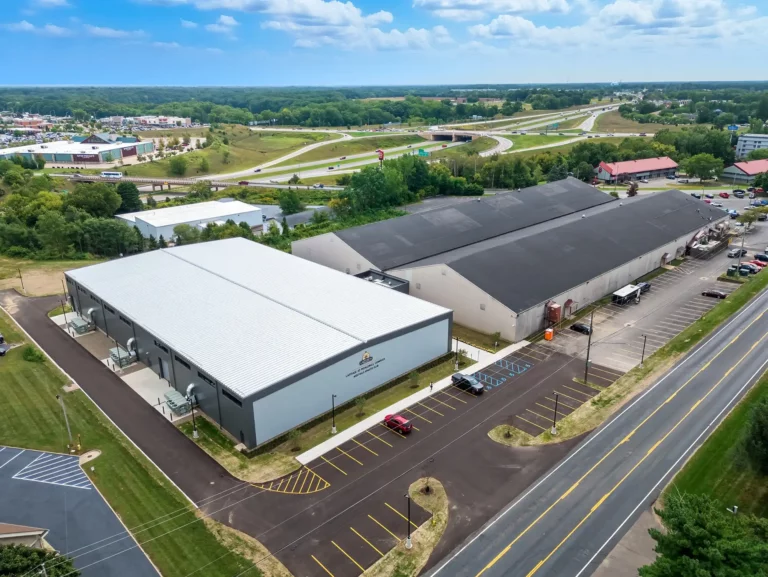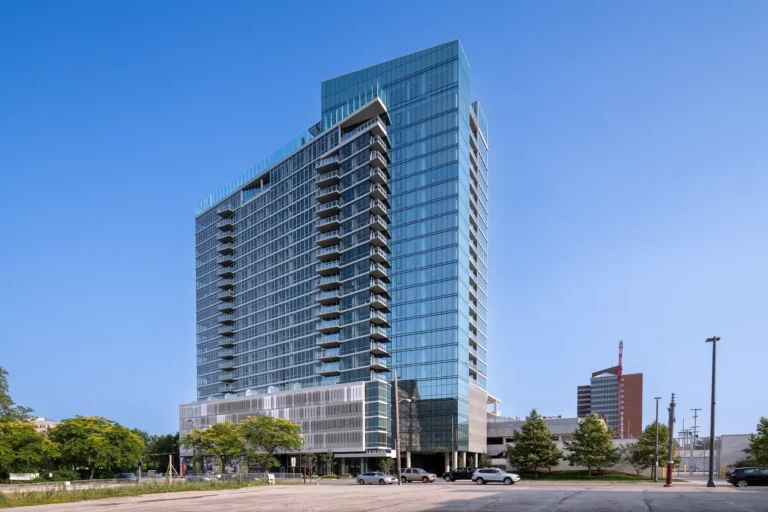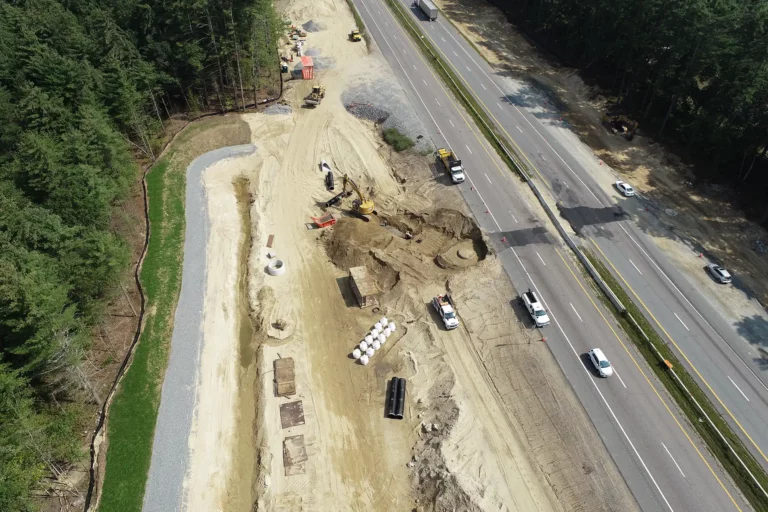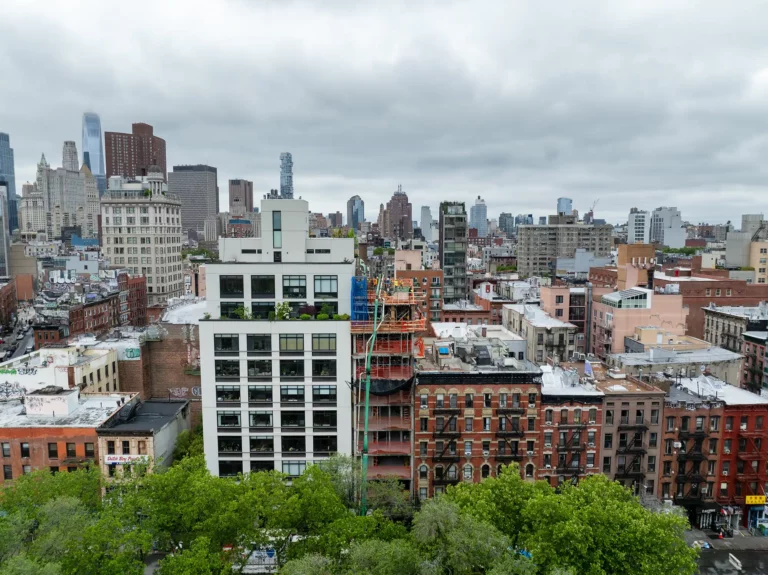Business does not remain static for long. Each year brings developments, adaptations and new ideas, clients can often look for things faster, better and cheaper. As industries grow and develop, the mechanisms that surround them change also; the tightening of regulations and infrastructure adaptations can leave a business on unsure ground. Ensuring that a company is successful over a long period of time is not an easy task and very few reach the fifty year mark. In order to achieve this, a company needs to work with the flow of an industry, to be innovative and flexible. The company also needs to understand that longevity comes from working with clients like they are family. With over half a century of experience and expertise, V. Paulius and Associates (VPA) have developed from being a design consulting firm to a complete turnkey solutions company, working with clients from site acquisition through to design-build. In addition to general contracting and construction management, VPA offers full architectural, engineering and planning services, specializing in customized storage, distribution and manufacturing facilities. The company, run by brothers Raymond and Robert Paulius, has certainly learned to make adaptations along the way.
“V. Paulius and Associates (VPA) have developed from being a design consulting firm to a complete turnkey solutions company, working with clients from site acquisition through to design-build.”
Vytautas Paulius started the company in 1967. His experience until then had been a story of dedication and perseverance. According to Raymond, his father had arrived, initially in Canada before making his way to the United States, from his home country of Lithuania as ‘’a 17-year-old kid that didn’t speak the language and had five bucks in his pocket.’’ His formative experiences in Canada were positive, attending the prestigious McGill University before completing his education with a master’s qualification in civil engineering. His desire to succeed brought him to the U.S. where he met his future wife and began gathering knowledge of the industry. Raymond explains that his father’s work as chief engineer for a large metropolitan development company in the New York area served as a worthwhile apprenticeship before he ventured out alone. ‘’He said to himself, I’m going to take this risk and do it myself. From there, he started as a design consulting company, strictly doing architecture, civil and structural engineering for industrial buildings. That is what he was managing at his previous job.’’
However, it became apparent to Vytautas that by expanding into related fields, he could grow the company in exciting new directions and provide a more well-rounded service to his clients. ‘’It started to grow and he saw that the real control and development of a project is in the construction. It morphed into this complete design-build very early on.’’ One skill that carried over from his previous engineering work was the use of tilt-up technology. Tilt-up uses ‘’site-cast concrete wall panels that you form-in-place as opposed to coming from a precaster. These panels are poured on-site on floor slabs, concrete aprons or casting beds. Once the concrete attains proper strength, you lift the panels up and the building is instantaneously built.’’ By utilizing and adapting a technique that was not particularly common in the Northeast of the country at that time, the company was able to offer genuine innovation to a customer base that, until then, was only being given one option. ‘’It’s very popular in the warmer climates, like in California, Texas, and Florida. In the northeast it wasn’t that prevalent because most of the builders were all working with concrete block. My father adapted it to our environment and to our weather and we proceeded to excel in this process. It was a very cost-effective way to build large distribution centers.’’
In addition to offering a complete design-build package to clients, VPA are also in the unique position of being able to secure the land required for a project. This came about through a highly successful working partnership that grew to the extent that the client suggested that VPA extended its services to acquiring the site and even financing the entire project. This allows the company to provide the complete spectrum of services which can be tailored to the requirements of the client. Raymond explains that this specific set of circumstances led to the company expanding in a truly innovative fashion. ‘’They asked us to assist in searches for potential locations. They would say, we need a distribution center in the northeast or in the New York City area. Please do a site search for us and come up with some prospects. Here are our financials, come back to us with the complete design-build package; land, building, financing, everything and we lease the building from you on a long-term basis. That was our ticket to a whole different level of business.’’
The decision took VPA into an exciting new direction, one that has led the company to where it is today. The development and investment into a property and real estate portfolio allowed them to strengthen relationships with clients by anticipating their needs. Raymond explains that by forward planning in this manner, the company was in the fortunate position of being able to both solidify and diversify. ‘’So my father would end up buying land, but he would look at larger parcels that we could develop in the future, so we started to develop industrial parks. This led to a whole succession of new clients, new possibilities. We began working with local Chambers of Commerce and commercial real estate companies to bring businesses into our park. We did this in the northeast – New Jersey, New York, we did it in Atlanta, and we are looking to do it in Florida right now.’’
“The development and investment into a property and real estate portfolio allowed them to strengthen relationships with clients by anticipating their needs.”
The project in Florida is not one that has happened overnight. Having built up a strong network of clients in food distribution, VPA has remained vigilant to the possibility of acquiring land parcels near ports. These relationships are borne from historical client relationships in Vytautas’ homeland and a proven track record in creating bespoke premises for the distribution and processing of meats and other foods. VPA had been using its Lithuanian base as a platform for distribution but a knock-on effect of the devastating Hurricane Katrina was that many ports along the Gulf of Mexico were left severely damaged and disabled. The company identified Jacksonville, FL as an alternate point of distribution and initial work was completed. However, the distribution industry settled once more and the plan was shelved until recently when Argentina-based Axionlog, a full-service logistics provider of restaurant food and supplies for some of the world’s largest fast-food chains in South America was seeking to enter the North American market. ‘’They were looking to establish a distribution center in this area, primarily Jacksonville because of its port and came across our property. They are going to start off by exporting U.S. manufactured products to Latin America and eventually importing goods for domestic distribution. The 38,000 square foot facility will be a combination of dry and cold storage with warehouse facilities and administrative offices. The plan is to expand the facility to a little over 100,000 square feet within 5 years.’’
Given the interconnected nature of logistics and supply chain management, the tumult of COVID 19 is likely to have been a stumbling block for any new developments around the globe. Interestingly, Raymond identifies the need to migrate to online platforms as a silver lining in terms of communication and collaboration. ‘Video conferencing has actually been a blessing. We have been able to communicate with Axionlog quite frequently and work through the design. It is nice that we have familiarity with that type of building because we’ve built so many of them. They have a great comfort level with us. And you know, it’s interesting how they have to adapt because we do some things differently in North America than they do in South America. So it’s a sharing of ideas, bouncing things off each other. Obviously building code requirements vary as well as construction methodology from country to country so it’s been a very challenging process.’’
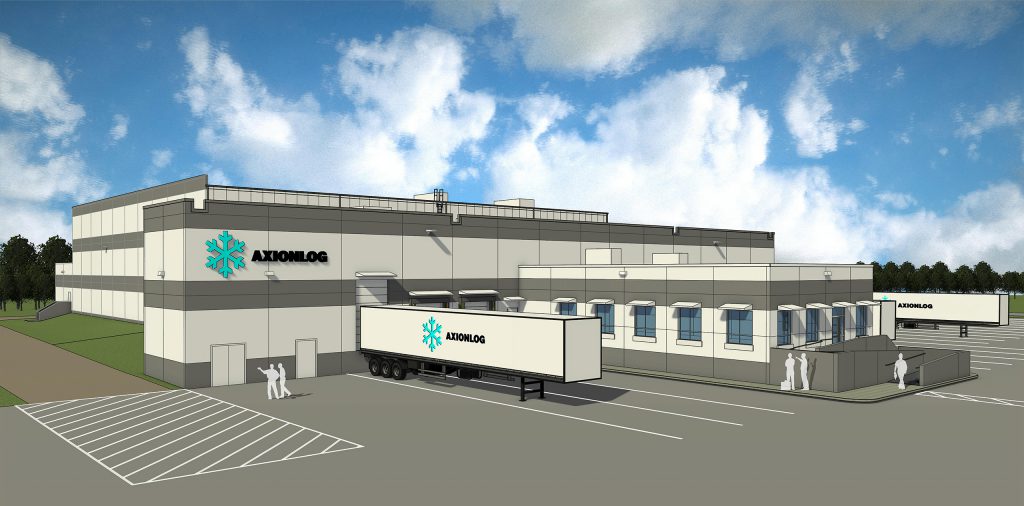
Raymond and his brother Robert believe that, as a family business, they are in the privileged position of being able to offer continuity and ongoing support to clients. These relationships are an intrinsic aspect of the company and have led to exciting developments and opportunities to build long term partnerships. One in particular, a project with STERIS Isomedix, has resulted in the company assisting with cutting edge technology on a number of occasions, most recently as an essential response to COVID-19. ‘’Right now we’re working on a sterilization facility in the lower Hudson Valley, in the Village of Chester, New York. This is going to be the third project we’ve done for them in our industrial park since 1990, collectively totaling over 200,000 square feet. We worked with them to build a gamma irradiation facility which was a new building type for us. They came back to us and asked us to build a new facility using a different technology, E-beam irradiation, which is a particle accelerator used to produce a highly charged stream of electrons to sterilize single case medical devices, supplies and laboratory equipment. They now are expanding this facility and building two X-Ray irradiators which will also be used to sterilize all these products, but in larger palletized loads.’’
V. Paulius & Associates has been built, quite literally, from the ground up. It encapsulates everything about family run businesses. In this company, relationships matter. This is not a company willing to chase rapid expansion to the detriment of client experiences. Raymond explains that the company wants to build in a different way, to ensure that the success they have experienced over the past fifty years continues by doing the right things. ‘’We start a relationship with the client early on, and I think they become very appreciative of that. What happens is that they begin to trust us. They get a comfort level and then it leads to a very successful building. Maybe it leads to more buildings with the same client. Quite simply, that is our approach. There’s a line that says, hey, stick to what brought you to the Super Bowl, you know? That’s what we do. We stick to the buildings that we know.’’
